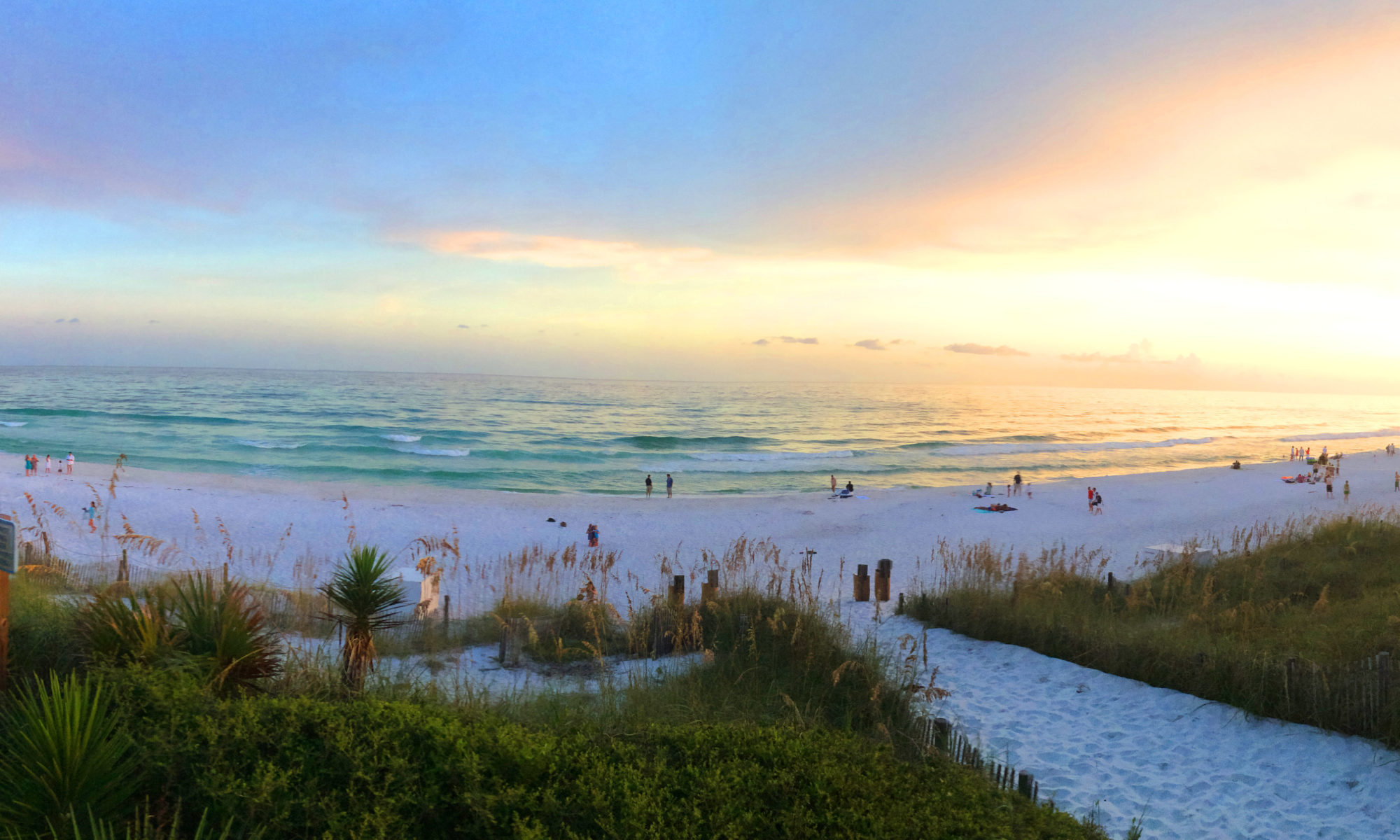
I was speaking with a respected senior leader in my industry the other day and during that conversation we both had a mutual revelation. While discussing organizational design, we both agreed that developing sound processes and being able to replicate and scale successes across an organization is fundamentally important and vital to the long term health and wellness of a company.
What wasn’t so blatant, though, was the possible need for dedicated people who have no boundaries and aren’t aligned to specific areas of the business (or tied to specific budgets). Let me explain… The way org design works is that the company is typically split up into different business units that may handle specific functions (human resources, operations, finance, marketing, etc) and then, within each of those areas, there is specialization of labor for various focus areas (process, people, technology, etc). But, nowhere in any of the organizational modeling is there generally any dedicated energy towards the glue that holds everyone together.
I understand that this seems like a totally unnecessary component in an organization. I know there isn’t money in many cases to afford a dedicated position like this. But – I would challenge that – and ask if you can really afford NOT TO have this function? I have seen several organizations do something common across separate silos (e.g. create a performance management tool/scorecard) that would have better been developed once and customized to meet the needs of each area of the business. Using round illustrative numbers and using the example quoted parenthetically above, say each performance scorecard specific to line of business costs $1M. Say there are 10 scorecards (1 for each area) developed over a 3-year span. That’s $10M. What if, alternately, you had developed an enterprise standard scorecard, at the cost of $4M, that met everyone’s needs? You’d likely end up saving that $6M and perhaps even 50% off the overall development timeline. And it’s only when you have someone that is removed from the individual situations (i.e. the areas of the business that each have their own defined need: a performance scorecard for their functional department) that you have someone who can look at this bigger picture and isolate improved collaboration and time/energy/cost-savings opportunities across the larger portfolio of investments.
I think every organization should embrace the cross-functional sharpshooters that can help put end-to-end workflows and program management into perspective. Without them, the organization as a whole is tremendously susceptible to wasted time and energy, and an inefficient allocation of capital.
Til Next Time,
Michael





